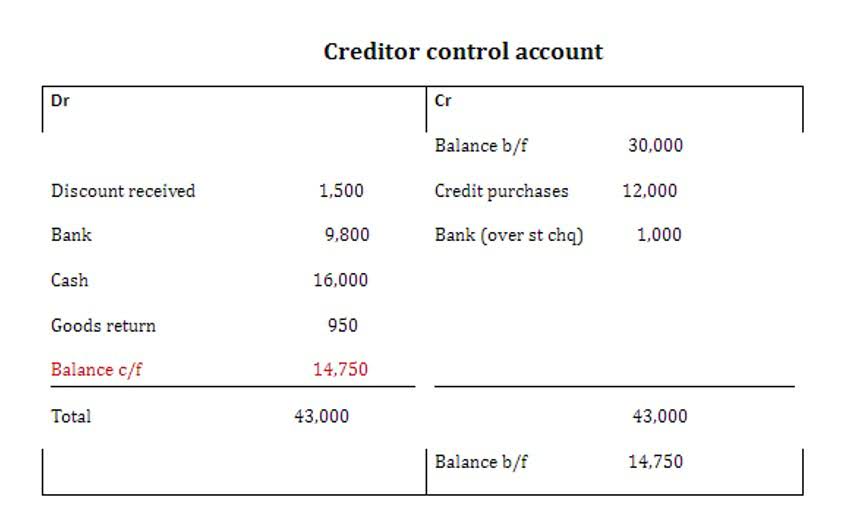
Seeing the ratio of current assets to fixed assets shows the company’s investment in liquidity versus long-term productivity. And analyzing liabilities and equity as a percentage of total assets illustrates the degree of financial leverage being used. Academic research finds that industry averages provide important benchmark compositions. Monitoring deviations through vertical analysis allows strategic shifts in capital structure. For the balance sheet, total assets or total liabilities and equity are commonly used as base figures in vertical analysis.
- The first step of vertical analysis is to make a new income statement, such as the common size income statement stated below.
- One of the major benefits of vertical analysis is that it makes it simple to report to and communicate with stakeholders.
- It is a simple and consistent method that can be used year on year and also compare different companies.
- The above vertical financial statement analysis uses revenue as the base line item, however, other appropriate base line items such as total cash inflow could equally well have been used.
- Any investor with a genuine interest in the business will want to see detailed financial pitch deck slides to gain an understanding of…
- Each line item’s common-size ratio can then be used to conduct comparative analysis across different fiscal periods or companies, allowing for a standardized approach to analyzing financial statements.
Deeper composition insights

For instance, suppose the total assets of a company are Rs.100 crore and cash is Rs.10 crore, then the cash would be 10% of total assets. On the balance sheet, seeing the trend in current assets as a percent of total assets indicates improving or worsening liquidity. Current assets were 40% of total assets in 2020, 50% in 2023, and 45% in 2022, it shows liquidity increased but then partially dropped back down. Viewing financial statement trends in percentages through vertical analysis rather than absolute amounts removes the impact of overall growth or decline. This allows you to spot changes in the composition and proportional relationships between line items.
Company Valuation: How to Value Your Business?
According Insurance Accounting to a report by Deloitte India, 85% of large corporations employ vertical analysis in their financial reviews. Vertical analysis looks at the contributing percentage of each line item to the total base figure. It can provide information on which metrics are improving and which are worsening. It can be used to compare different components of companies and the same company in different time periods. Vertical analysis (also known as common-size analysis) is a popular method of financial statement analysis that shows each item on a statement as a percentage of a base figure within the statement. Vertical analysis is useful for single accounting period analysis, while horizontal analysis is used to compare company performance between two specific accounting periods, whether it’s quarterly or annually.
Vertical Analysis of Balance Sheets and Financial Statements
This is done by calculating your line item totals as a percentage of your base number. If you’re preparing the balance sheet manually, be sure that your asset totals balance with your liability and normal balance equity totals. Both assets and liabilities/equity have a base number assigned, which is always 100%.
The company’s management decides on an initial sum to use as a basis or benchmark for measuring the company’s overall level of performance. This article defines vertical analysis, describes its process, and provides many trend assessments of current vertical analysis applications. We often see this approach taken in the earnings announcements for public companies.
- There has also been a substantial increase in staff and payroll costs, which could be an expected part of the strategy leading to increased revenue in Asia, or it could be a worrying trend worth looking at.
- In the example below total assets has been chosen as the base line item and the right hand column shows each line item as a percentage of total assets.
- This dual approach offers a comprehensive view, enabling a more informed financial strategy that covers both earnings performance and asset management.
- Vertical analysis streamlines financial analysis, offering a clear and concise view of the most significant financial metrics.
- This empowers organizations to drive business growth by unlocking the true potential of their financial data and harnessing the advantages of vertical analysis for strategic decision-making.
- Trends in the percentages highlight comparative strengths and weaknesses between companies.

It could align with a corporate strategy, like an expansion into a new region that’s still gaining momentum. Or, it might indicate an excess in company headcount, vertical analysis necessitating a thorough review. In either case, vertical analysis brings such issues into focus in a straightforward manner. She earned her Bachelor’s in Business Administration from the University of Wisconsin and currently resides in Minneapolis, Minnesota. If you’re new to the balance sheet, understanding each of its components can seem like an overwhelming and complicated ordeal. Any investor with a genuine interest in the business will want to see detailed financial pitch deck slides to gain an understanding of…

Another form of financial statement analysis used in ratio analysis is horizontal analysis or trend analysis. In the realm of finance, vertical analysis aids in comparing the composition of income and expenses over time or against industry peers. By converting figures into percentages, it normalizes financial data and makes it easier to identify trends, patterns, and areas of concern.

Sum Income
If, for example, the rationale being utilized on the income statement is revenue, then each piece of data will be expressed as a percentage of the revenue being used. Financial statement items are reported as percentages of one another to facilitate vertical analysis. This step is taken in order to ensure that the analysis is carried out in the most thorough manner possible. IT and software costs have increased on a dollar basis, which could initially cause some concern for FP&A executives looking to cut costs. However, when reviewed against the overall revenue of the business, this line item has actually gone down slightly. Vertical analysis becomes even more useful when it’s used to assess changing trends over time.
